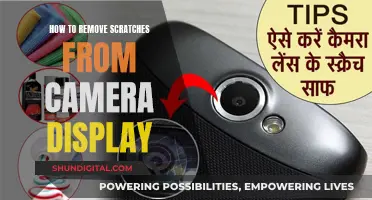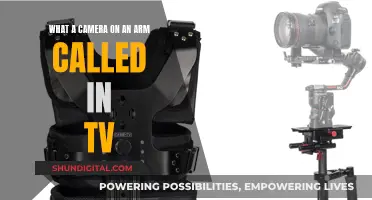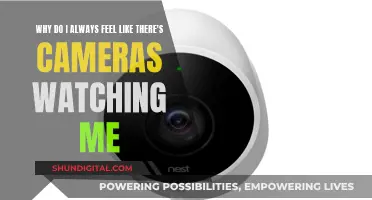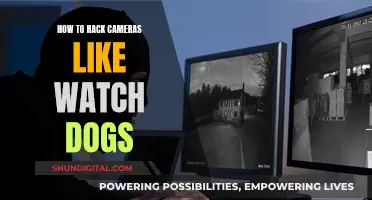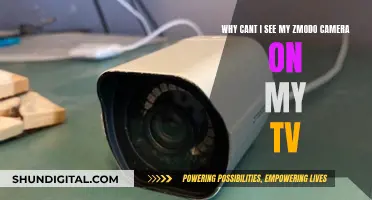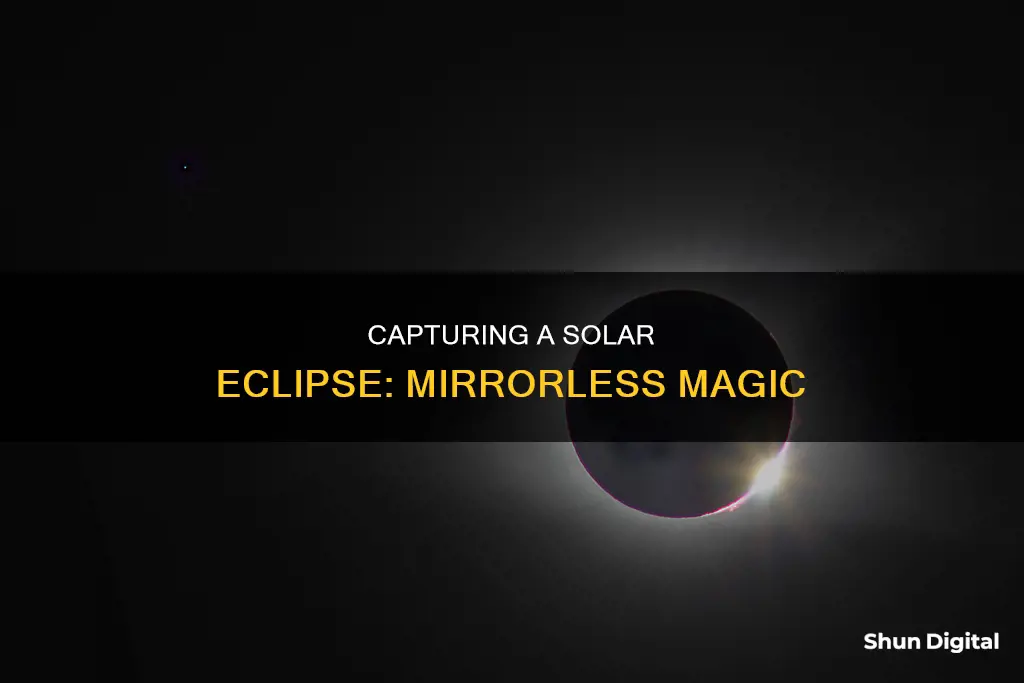
Solar eclipses are a spectacular natural phenomenon that occurs when the moon's shadow falls on the Earth. This can only happen during a new moon when the moon passes between the sun and the Earth. To view a solar eclipse, one must take the necessary precautions to protect their eyesight. Similarly, to capture this phenomenon through a mirrorless camera, one must use a solar filter to protect the camera's imaging sensor and achieve the correct exposure. A solar filter is specifically designed for viewing the sun and protects the eyes and equipment from harmful IR and UV radiation. It is recommended to use a solar filter with a mirrorless camera during the partial phases of a solar eclipse and remove it during the totality phase. The use of other filters, such as neutral density (ND) filters, is not advised by experts. When photographing a solar eclipse, it is essential to plan, have the right gear, and practice capturing images of the sun before the event. Additionally, it is crucial to prioritize enjoying the eclipse with your own protected eyes rather than spending the entire event focused on photographing it.
What You'll Learn

Use a solar filter to protect your eyes and camera
It is imperative to protect your eyes and camera equipment when viewing a solar eclipse. The sun's rays are incredibly powerful and can cause permanent damage to your eyes and equipment. To avoid this, you must use a solar filter.
A solar filter reduces the intensity of the sun's rays, allowing you to view the eclipse safely. Solar filters are available in the form of eclipse glasses or handheld solar viewers, which are designed to protect your eyes. These filters must meet the ISO 12312-2 standard to ensure effectiveness and safety. It is also essential to inspect your solar filter for any scratches or damage before use, as this can compromise their protective capabilities.
When using a mirrorless camera to capture a solar eclipse, a solar filter is equally crucial. The camera's sensor can be damaged by the heat and intensity of the sun's rays, leading to permanent damage. A proper solar filter will reduce the heat and light transmitted through the lens, protecting your camera's sensor.
It is important to note that not all filters are suitable for this purpose. Ordinary ND filters, for example, will reduce light transmission but not heat, which can still damage your camera. Therefore, it is essential to use a solar filter specifically designed for this purpose. These filters can be attached to your camera lens, reducing the light and heat before it reaches the sensor.
Additionally, it is recommended to avoid using an electronic viewfinder (EVF) to view the eclipse through your camera, as the EVF may not have the protection of any filters. Instead, use the camera's live view screen, ensuring that a proper solar filter is attached to the lens.
By following these precautions and using a solar filter, you can safely capture a solar eclipse with your mirrorless camera while protecting your eyes and equipment from potential harm.
Do Retail Stores Invade Privacy by Watching Cameras?
You may want to see also

Choose the right lens for your camera
When it comes to choosing the right lens for your mirrorless camera, there are a few things to consider. Firstly, it is important to use a super telephoto lens if you want to get a good close-up of the solar eclipse. The longer the focal length, the better. However, it is also important to stay within a certain range to avoid challenges such as constant needs to readjust framing or cutting off the sun's corona. An ideal focal length for a full-frame camera would be around 800mm to 1200mm.
If you have a camera with a cropped sensor, you can achieve these extreme focal lengths much easier and at a lower cost. For example, the Nikon 1 J5 paired with a 300mm lens and a 1.4x teleconverter can easily achieve an 810mm equivalent field of view. Alternatively, you could consider a superzoom point-and-shoot camera like the Nikon Coolpix P900, which offers a 2000mm focal length.
It is also recommended to use an astro tracker instead of a ballhead to avoid the hassle of constantly readjusting your setup during the eclipse. Additionally, make sure to use a remote shutter release or exposure delay mode to reduce the potential for camera shake, especially during totality when it gets darker and your shutter speed drops.
Lastly, remember to always use a solar filter to protect your eyes and camera equipment when photographing a solar eclipse. These filters are specifically designed to block out harmful UV rays and should be attached to the front of your lens.
Tips to View Your Camera Screen Under Bright Sunlight
You may want to see also

Use a tripod to stabilise your camera
Capturing a solar eclipse is a challenging but rewarding endeavour. To ensure you get the best results, it is recommended to use a tripod to stabilise your camera. This is especially important if you are using a camera with a long-focal-length telephoto lens, which can be heavy and unwieldy. A tripod will keep your camera steady, reducing the risk of blurry images.
Image-stabilisation (IS) systems can be useful for normal or wide-angle photography, but they can only do so much when shooting the eclipsed sun with a telephoto lens. Combining IS with a tripod will ensure your images are as sharp as possible and reduce vibrations caused by a breeze. However, some IS systems can get confused when a camera is mounted on a tripod, so it is important to test your equipment before the day of the eclipse.
If you are using a zoom lens, be aware that it may creep back to the base. To prevent this, secure your lens with tape during your practice session.
For those using a smartphone camera, it is also recommended to use a tripod or something to steady your phone to avoid camera shake, especially when using magnification to capture the solar eclipse.
Apple Watch Ultra: Camera in the Crown?
You may want to see also

Remove the solar filter during totality
Capturing the perfect photo of a solar eclipse requires careful planning and execution. One of the most important things to remember is to remove any solar filters during the totality phase. Here are some detailed tips and instructions to help you with this process:
Planning and Preparation:
- It is crucial to use a solar filter to protect your eyes and camera when viewing and photographing a solar eclipse. Make sure to purchase a legitimate solar filter from a reputable source.
- Practice and rehearse different scenarios before the eclipse. This includes practising with your camera's settings, focusing, and framing. You can use a full moon at night or a clock in front of you to simulate the experience.
- Be prepared for different weather conditions. Check local and regional weather forecasts and be willing to travel to find clearer skies if needed.
- Familiarise yourself with the timing of the eclipse, especially the totality phase. You don't want to miss the opportunity to capture those fleeting moments.
- If you're using a mirrorless camera, consider the sensor type. Full Frame Sensors are found in professional or upper-end DSLR cameras, while less expensive consumer DSLRs typically have Crop Sensors. The sensor size will impact the apparent size of the Sun in your images.
- Determine the correct exposure settings for your camera. You can do this by running a calibration test on the uneclipsed Sun and adjusting your settings accordingly.
During the Eclipse:
- As the eclipse progresses, keep your camera pointed at the Sun and stable to avoid vibrations. Use a tripod or mount to ensure stability.
- When the totality phase begins, remove the solar filter from your camera. The solar corona is about a million times fainter than the photosphere, so you will need to remove the filter to capture this phenomenon.
- During totality, feel free to use binoculars or a telescope to enhance your view and photographs. You can also use your naked eye, as it is safe to view the totally eclipsed Sun directly without a filter.
- Bracket your exposures during totality to capture the full dynamic range of the corona. Try using different combinations of ISO speeds, apertures, and shutter speeds to capture the chromosphere, prominences, and inner, middle, and outer corona.
- Remember to keep an eye on the timing. You don't want to miss the opportunity to put the filter back on when the totality phase ends.
- Most importantly, enjoy the experience and trust your setup. Don't forget to witness the eclipse with your own eyes as well!
Galaxy Watch 6: Camera Expectations and Realities
You may want to see also

Practice photographing the sun before the eclipse
It is imperative to practice photographing the sun before the eclipse. This will ensure that you are well-prepared for the big event and can capture the best possible images. Here are some tips to help you get started:
- Plan ahead and scout your location: Decide on the location where you want to photograph the eclipse and visit it a day or two in advance. This will help you understand the path the sun will take across the sky during the eclipse. Create a checklist of the gear you need and make sure you have everything ready.
- Practice solar photography: Start practising solar photography days, weeks, or even months before the eclipse. This will help you familiarise yourself with the settings and techniques required to capture the sun effectively. Experiment with different lenses, focal lengths, apertures, shutter speeds, and ISO values to find the best combination for your desired results.
- Use the right equipment: Ensure you have the proper gear, such as a solar filter for your camera lens, a tripod for stability, and a remote shutter release to minimise camera shake. Practise using this equipment so you are comfortable with it during the eclipse.
- Understand the limitations of your equipment: Research the native ISO of your camera and set it accordingly. Be aware of the dynamic range limitations of your camera and plan your exposures accordingly.
- Focus on safety: Always prioritise safety when photographing the sun. Do not look directly at the sun with your naked eyes, as it can cause permanent damage to your eyesight. Always wear certified solar viewing glasses when viewing the sun. Similarly, do not point your camera at the sun without a certified solar filter to protect your equipment and avoid magnifying the intensity of sunlight.
- Understand the solar eclipse phases: Familiarise yourself with the different phases of a solar eclipse, such as the partial phases, totality, and annularity. Know the specific precautions and techniques required for each phase, such as when to use or remove solar filters.
- Bracketing: During the eclipse, especially during the totality phase, bracket your exposures heavily. Shoot a variety of images at different exposure settings to increase your chances of capturing the dynamic range of the corona and other phenomena.
- Practice with your specific camera model: Each camera model has unique features and settings. Practise with your specific camera to understand its capabilities and limitations. This will help you make the most of your equipment during the eclipse.
- Consider the foreground and composition: If you plan to include foreground elements in your eclipse photographs, ensure they do not block the path of the sun. Compose your shots using techniques like the rule of thirds to create visually appealing and dramatic effects.
Finding Your Smart TV's Camera: A Step-by-Step Guide
You may want to see also
Frequently asked questions
You can photograph a solar eclipse with any type of camera, including mirrorless cameras. However, you must use a solar filter to protect your camera's imaging sensor and for correct exposure. You should also use a solar filter to protect your eyes when viewing the eclipse. You can purchase solar filters from astronomy websites and magazines. When photographing the eclipse, place your camera on a sturdy tripod and manually focus the camera, setting it to infinity.
Here are some tips for photographing a solar eclipse with a mirrorless camera:
- Do not look at the sun with your naked eyes. Always wear certified solar viewing glasses.
- Do not point your camera at the sun unless it is fitted with a certified solar filter.
- Do not look through the viewfinder of an unfiltered camera when it is pointed at or near the sun.
- Do not use a flash when photographing the eclipse.
- Use a tripod to stabilise your camera.
- Bracket your shots to capture the dynamic range of the eclipse.
- Use the lowest un-boosted ISO setting on your camera.
Here are some safety precautions to keep in mind when photographing a solar eclipse with a mirrorless camera:
- Do not look directly at the sun with your naked eyes, as it can cause permanent damage to your eyesight.
- Do not point an unfiltered camera at the sun, as it can damage your equipment.
- Do not look through the viewfinder of an unfiltered camera when it is pointed at or near the sun.
- Always use a solar filter when viewing or photographing the eclipse, except during the brief period of totality during a total solar eclipse.


